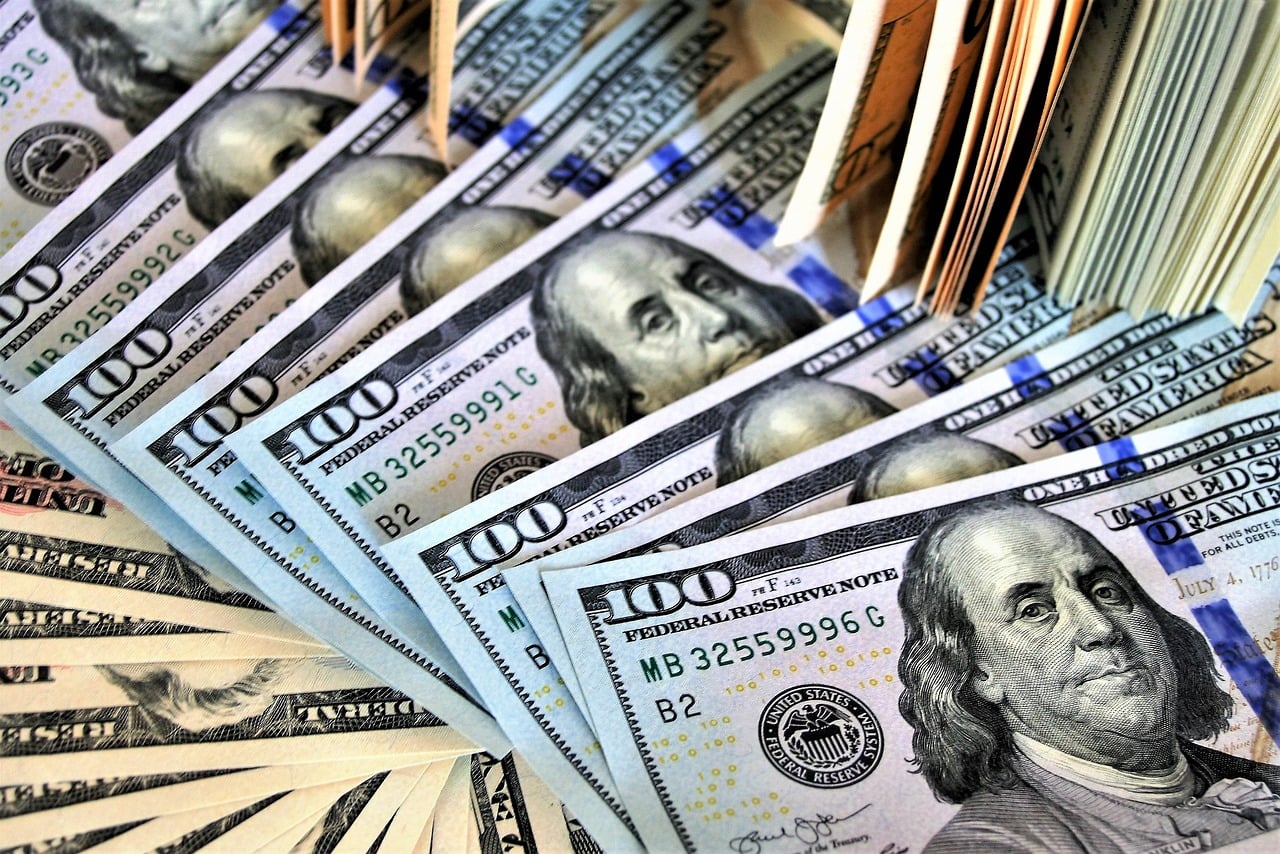Policy Direction
US Treasury Secretary Steven Mnuchin welcomes a weaker dollar. Speaking at a press conference at the World Economic Forum in Davos, Mr Mnuchin bucked the trend of former US Treasury secretary speeches at the annual summit – stating that a weaker dollar would be welcomed in a bid to stimulate US growth towards the firmly committed government target of 3% or higher. Shortly after, the dollar index, as measured against a basket of six of its global peers, was trading at a 3-year low – below the 90 mark for the first time since 2014 (down 0.9% to reach 89.393). 1
Bear Story
Into the end of last year, we began to see sentiment of a continued bear trend on the dollar gaining ground. Macquarie released research in September 17, indicating a view of being structurally bearish on the USD – based on a combination of US Treasury action, the tailing-off of US economic relative outperformance and long-term multiyear cyclicality that traces back to the early 1970s (Bretton Woods). 2
Tax Reform – Offside for Dollar Support
Considering the factors that might reasonably lead to some recovery in the dollar, we might conclude that the recent Tax Cuts and Jobs Act in the US may lead to significant repatriation flows - after all a similar program yielded a similar result in 2005.
However, there is a key difference in these two tax reform packages that will fail to delivery dollar strength this time around. Specifically - the repatriation flows will be significantly less. The reason for this divergence in policy results is that today’s policy change has been made on a permanent, structural basis – rather than a temporary call to action. The recent set of reforms include a 'deemed repatriation' – imposing taxes on all post-1986 historic accumulated earnings, not just tax revenues that return to the US.
The one-off tax rates represent a saving, compared to the 35 percent companies would have paid if they repatriated their earnings under current law. However, there is no specified clock on the reform and this will most likely mean that multinationals will be slow, rather than urgent as they were in 2005, in moving funds back to the US. This is in stark contrast to the 2005 repatriation holiday - where companies had to return corporate funds within 1 year to benefit from a reduced tax rate (5.25% vs. 35%) on repatriated earnings. 2
On Balance..
There will be some sizeable inflows from repatriation, but not on the same scale as from the 2005 policy reform, and not enough to provide dollar support against the competing US economic conditions. Repatriations will most likely be spread over multiple years this time around- reducing near-term impact. Some corporations will return some profits to US soil in order to pay tax liabilities triggered by the new tax law. On the other hand, some companies are seeking to bring capital on-shore to boost domestic investment - for example Apple has suggested figures of $38 billion in repatriation tax payments and investment of over $30 billion in capital expenditures in the US over the next five years – according to recent research from Macquarie. 2
Given the recent loud-and-clear rhetoric from the US government and the specific structure of the tax reform policy, don’t expect the Greenback to bite back in 2018.
Source:
1 https://www.ft.com/content/f5669cd8-0111-11e8-9650-9c0ad2d7c5b5
2 Macquarie Research, January 25th 2018, Tax Reform Will Not StopThe Dollar Bear Market...






